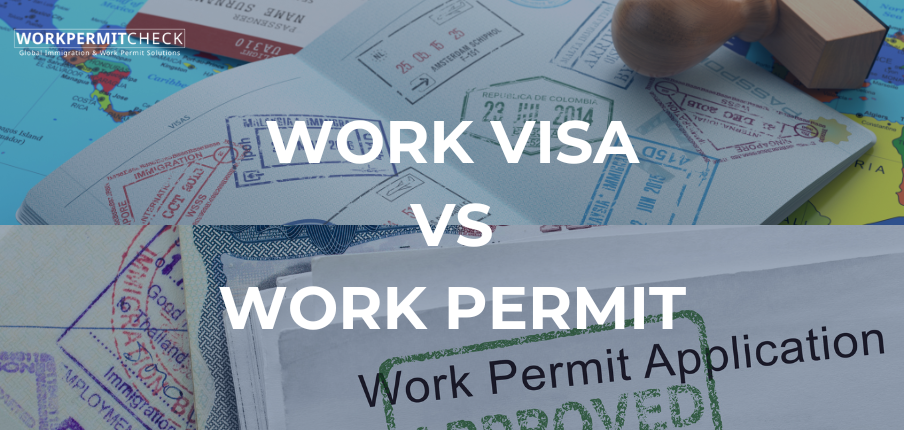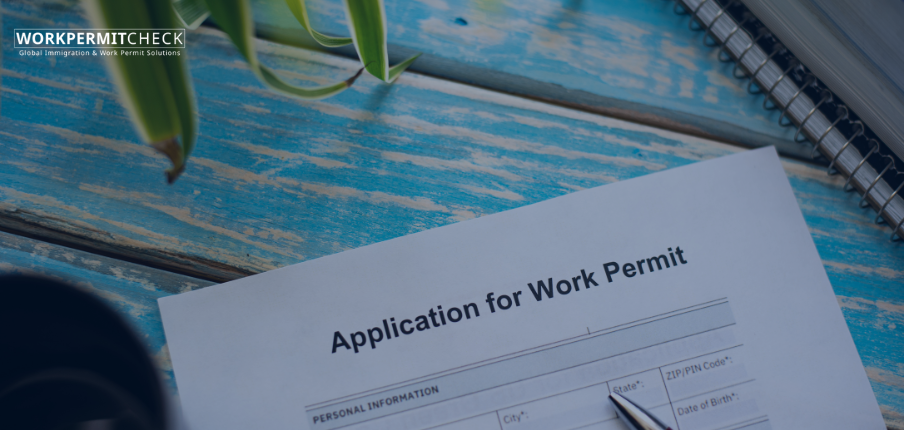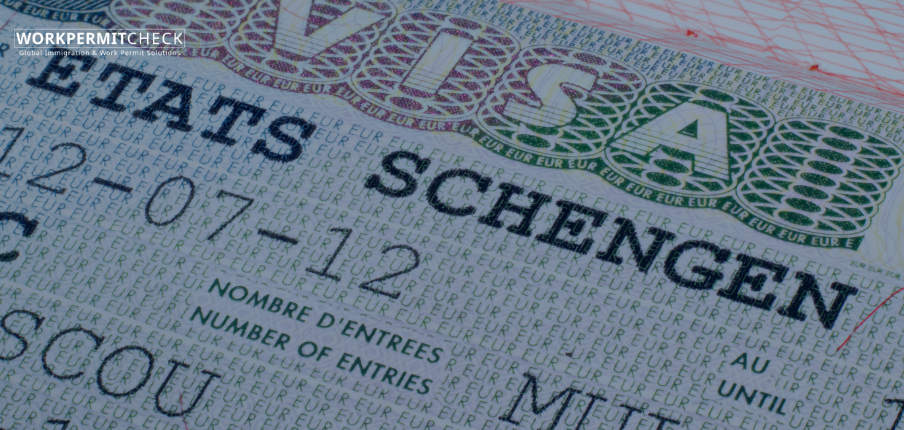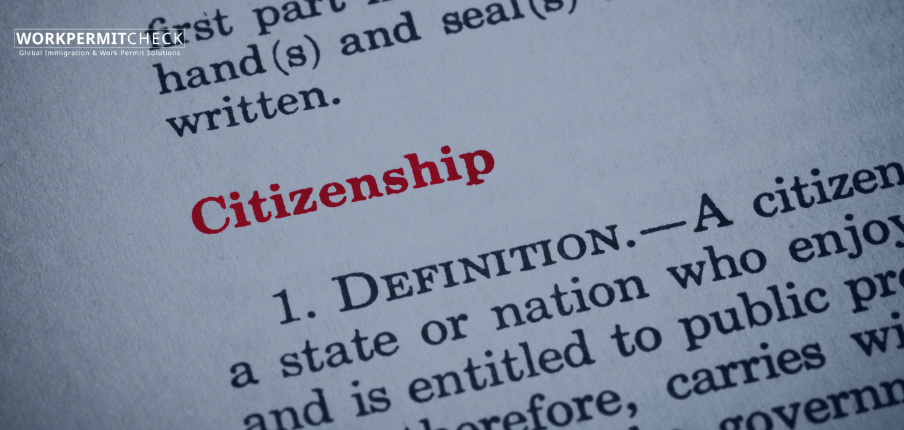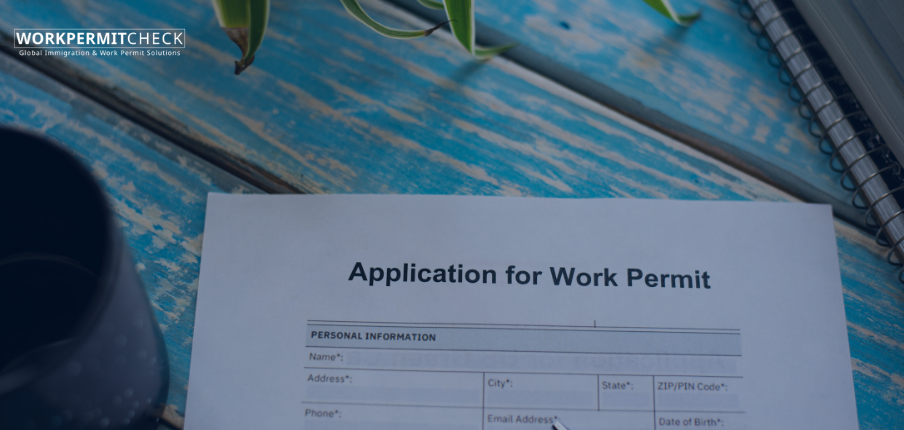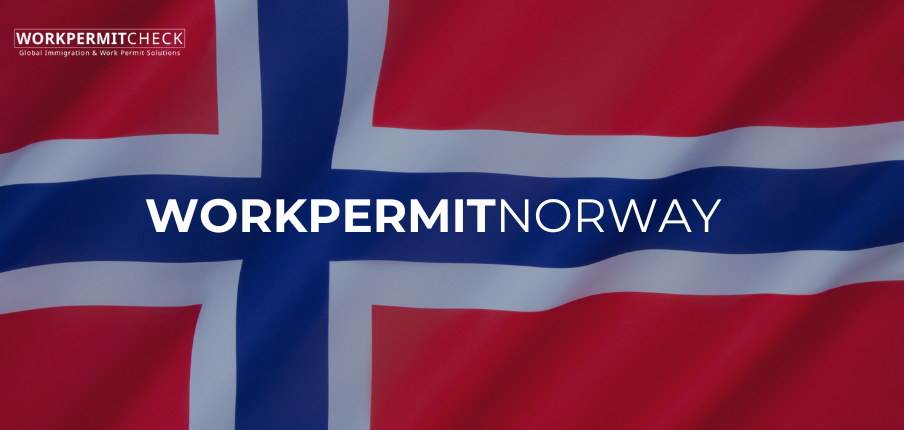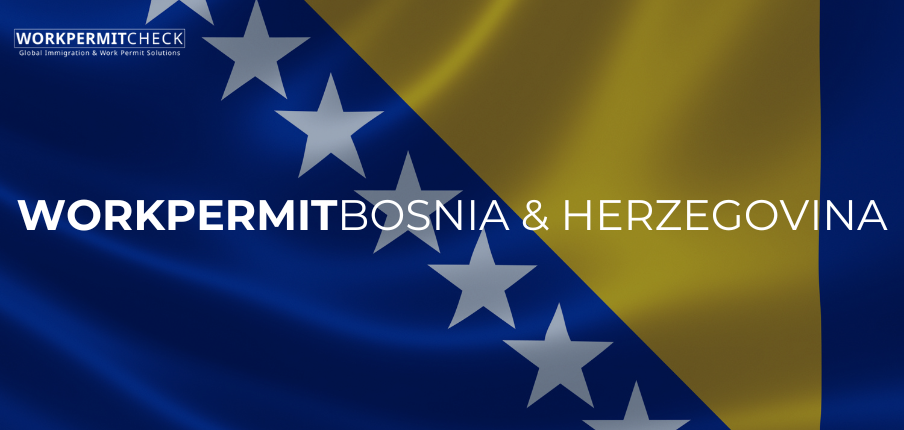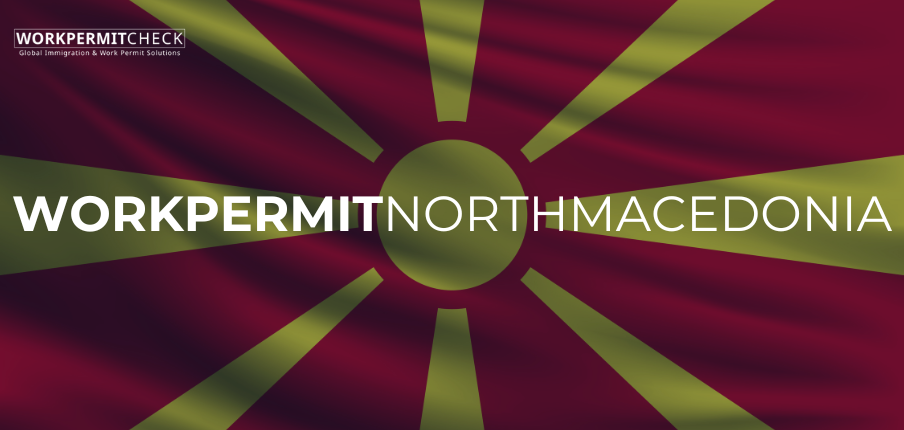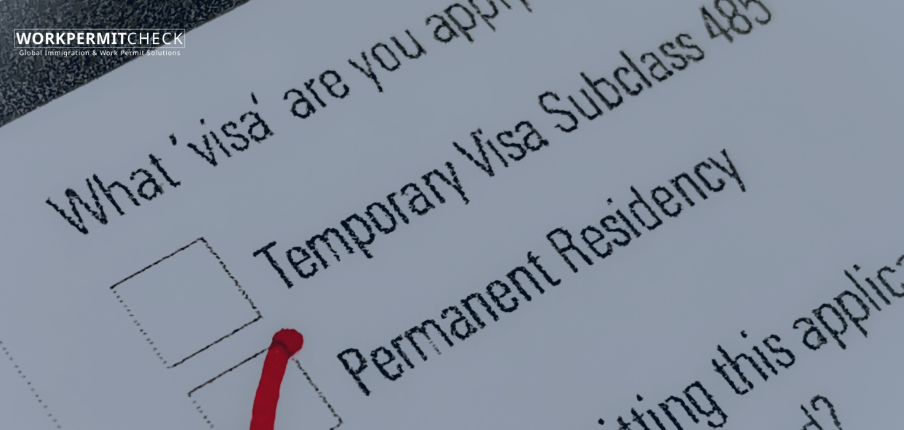Introduction
If you're planning to work abroad, you've probably come across the terms "work visa" and "work permit." While many people use them interchangeably, they are not the same. Understanding the distinction between the two is crucial for anyone looking to work legally in a foreign country. In this blog post, we will break down what each term means, how they differ, and why both may be required in the employment immigration process.
What Is a Work Visa?
A work visa is an entry document issued by a country’s consulate or embassy that allows a foreign national to enter the country for employment purposes. It is usually stamped or affixed to your passport before you travel.
Key Features:
-
Issued by: Embassy or consulate abroad
-
Purpose: Allows entry into the country for work
-
Type: Can be short-term or long-term depending on the job or contract
-
Requirement: Often requires a job offer or employment contract
A work visa is essentially the green light that lets immigration officials at the border know you are authorized to enter the country for work purposes, not just as a tourist or student.
What Is a Work Permit?
A work permit is an authorization or license granted by the country’s immigration or labor authority that allows a foreign national to work legally once inside the country. Even with a valid work visa, you may still need a work permit to start your job.
Key Features:
-
Issued by: Immigration or labor authority inside the country
-
Purpose: Grants the legal right to engage in employment
-
Usually job-specific: Often tied to a specific employer, role, or industry
-
Validity: May have conditions such as time limits, location, or employer
The work permit ensures you are not only legally present in the country but also legally authorized to take up employment there.
Work Visa vs. Work Permit: Key Differences
| Feature | Work Visa | Work Permit |
|---|---|---|
| Purpose | Permission to enter a country for work | Permission to work in the country |
| Issued By | Embassy or consulate (outside the country) | Immigration/labor authority (inside the country) |
| Time of Issuance | Before arrival | After or upon arrival |
| Legal Authorization | Entry only | Employment authorization |
| Job Requirement | Often requires job offer | Typically job-specific |
Do You Need Both?
In many countries, yes — you may need both a work visa and a work permit.
Example: Germany
-
You apply for a work visa at the German embassy in your home country.
-
Upon arrival in Germany, you register and obtain a residence/work permit from the local immigration office.
Example: Canada
-
Some jobs require you to apply for a temporary work permit through Immigration, Refugees and Citizenship Canada (IRCC).
-
A work visa (or entry visa) may also be needed depending on your nationality.
Countries Where the Two Are Combined
Some countries, especially those with streamlined immigration systems, may issue a single document that acts as both a work visa and permit. These countries often have programs like:
-
EU Blue Card (Europe)
-
Temporary Skill Shortage Visa (Australia)
-
H-1B Visa (USA) – Serves both purposes but has complex rules
However, even in such cases, there may be separate stages for visa issuance and employment authorization.
Why This Distinction Matters
Understanding the difference between a work visa and a work permit helps ensure:
-
You apply for the correct documentation
-
You avoid legal issues such as unauthorized work
-
You comply with local immigration and labor laws
-
You are aware of renewal, change of job, or travel restrictions
Failing to obtain either one when required can lead to visa cancellations, fines, or even deportation.
Conclusion
While closely related, a work visa and a work permit serve different purposes. The visa lets you enter the country, and the permit allows you to work legally once inside. In many cases, you’ll need both, especially if you’re going through a multi-step immigration process. Always check the specific requirements of the country where you intend to work to ensure a smooth and lawful transition into your new role abroad.
Disclaimer: This blog post is for informational purposes only. Immigration laws vary by country and are subject to change. Always consult official government sources or a qualified immigration advisor for the most accurate and updated guidance.
May 29, 2025
